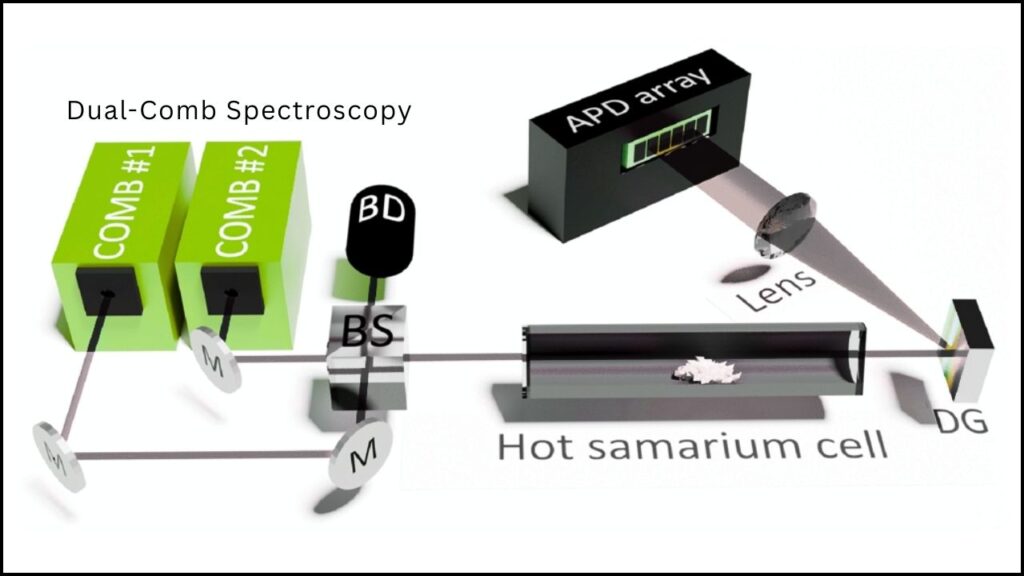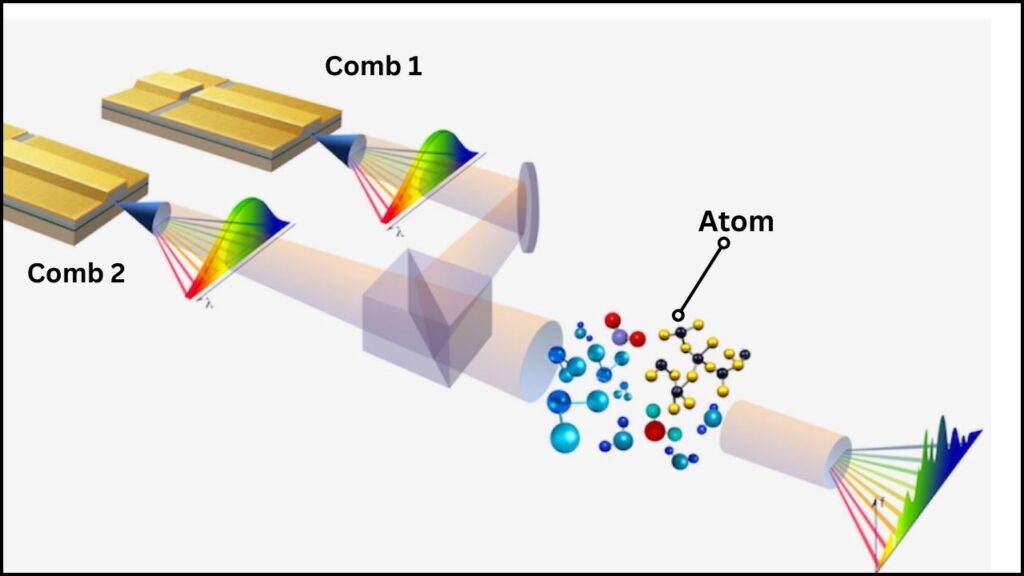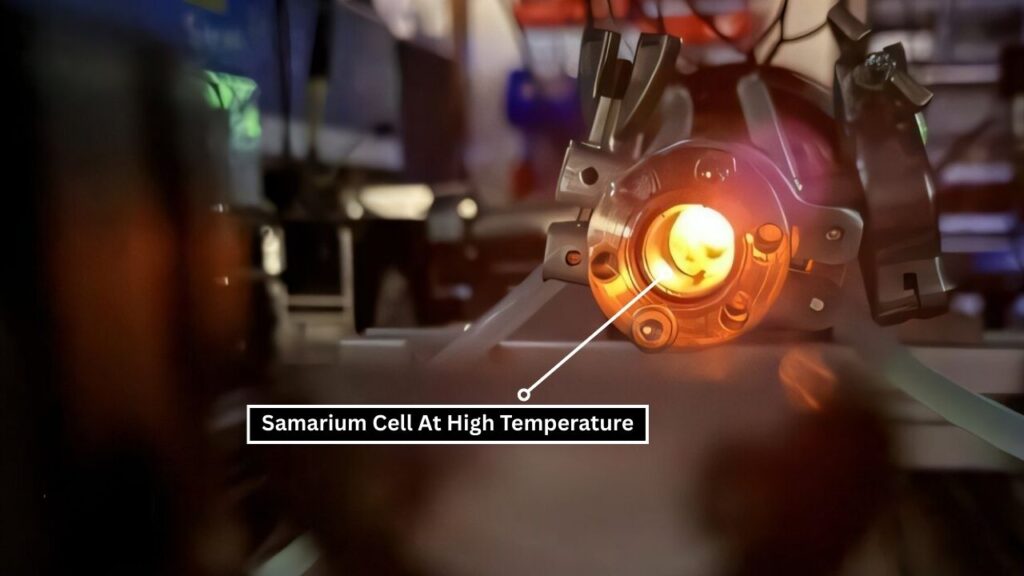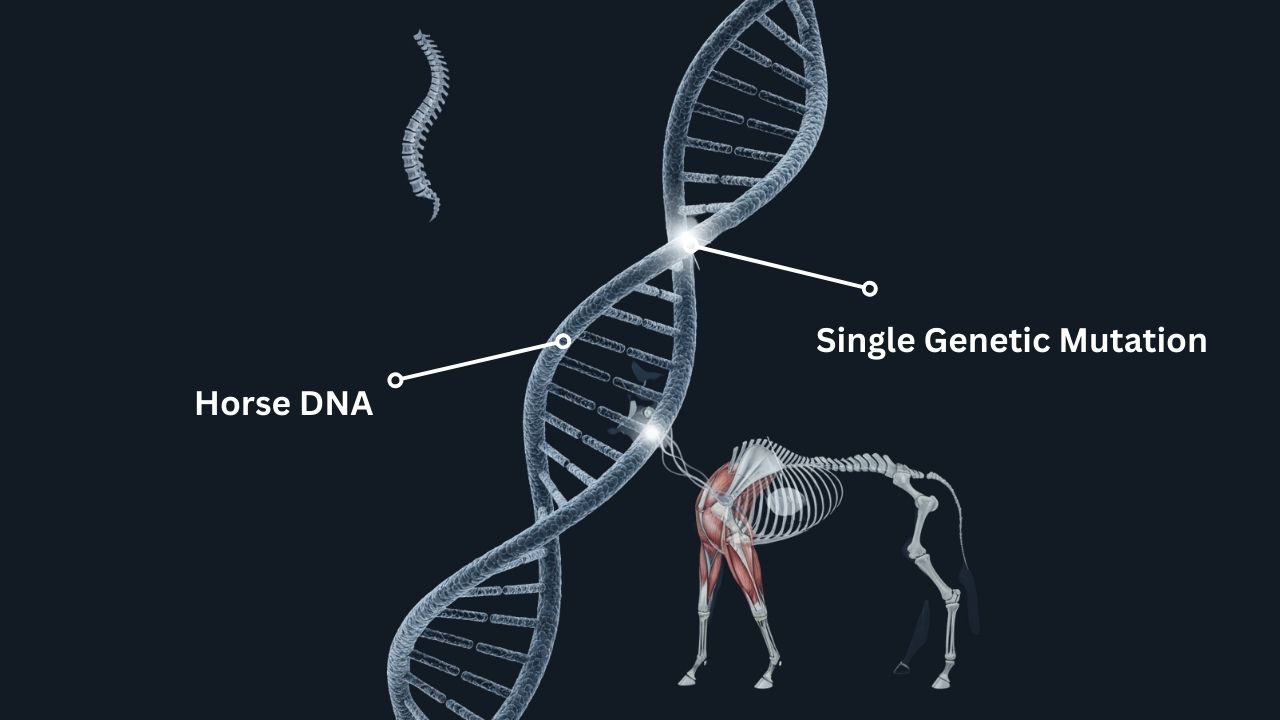Dual-comb spectroscopy (DCS) has emerged as a groundbreaking method allowing scientists to explore the intricate atomic world like never before. Recently, researchers used this advanced technology to uncover previously hidden atomic transitions in rare earth elements, particularly samarium. This discovery not only advances fundamental physics but also opens new doors for technology in quantum computing, material science, and precision measurements. Understanding this achievement and the technology behind it can help both curious minds and professionals grasp how light and atoms interact in extraordinary ways.

What is Dual-Comb Spectroscopy and Why It Matters?
Dual-comb spectroscopy is a modern technique that uses two highly precise lasers called optical frequency combs. These combs emit thousands of evenly spaced light frequencies, much like the teeth of a comb, covering a broad spectrum of light. When these two combs shine together on a sample, their light waves interfere in a way that can be precisely measured to reveal the tiny energy jumps electrons make inside atoms—these jumps are called atomic transitions.

Traditional spectroscopy methods struggled to detect some complex or weak atomic transitions in elements like the rare earths, which have many electrons and complicated energy structures. But dual-comb spectroscopy overcomes these limits by combining ultra-high resolution and sensitivity across a wide range of frequencies instantly.
Hidden Atomic Transitions in Rare Earths
| Feature | Details |
|---|---|
| Technique | Dual-comb spectroscopy (DCS) |
| Discovery | Hidden atomic transitions in samarium |
| Precision | High resolution, broadband, and high signal-to-noise ratio |
| Applications | Quantum computing, material science, spectroscopy 2.0 |
| Official project | Spectroscopy 2.0 for massively parallel measurements |
In summary, the use of dual-comb spectroscopy to reveal hidden atomic transitions in rare earths like samarium is a remarkable scientific achievement that blends cutting-edge laser physics with atomic science. By offering unprecedented precision and detail in measuring atomic spectra, this technology is unlocking new insights and technologies across physics, chemistry, and engineering fields. As the Spectroscopy 2.0 project advances, the future promises faster, more detailed, and massively parallel atomic and molecular analysis, becoming an essential tool in the scientist’s toolkit.
How Dual-Comb Spectroscopy Works: A Simple Guide
Step 1: Understanding Optical Frequency Combs
Imagine a laser that emits not just a single beam of light but thousands of very sharp colors spaced like the teeth of a comb. These “teeth” are the comb lines, each representing a precise frequency or color of light. Two such combs with slightly different spacing are used simultaneously.
Step 2: Interference and Measurement
When these two combs overlap and interact, they produce interference patterns—like overlapping waves in a pond. These patterns encode precise information about the light absorbed or emitted by the sample being studied.
Step 3: Detecting Atomic Transitions
Atoms have electrons that jump between different energy levels by absorbing or emitting light at very specific wavelengths. Dual-comb spectroscopy captures these jumps across a broad frequency range with extraordinary detail, even detecting weak signals previously lost in noise.
Step 4: Data Analysis with High Signal-to-Noise Ratio
Using advanced photodetector arrays and computational methods, scientists decode the interference patterns to generate a detailed spectrum showing the atomic and molecular transitions clearly, even under challenging conditions like high temperatures or magnetic fields.
Practical Examples: Revealing Hidden Atomic Lines in Samarium

Researchers from Johannes Gutenberg University Mainz (JGU) and the Helmholtz Institute Mainz (HIM) applied DCS to samarium vapor heated to 1000°C. Samarium is a rare earth element with complicated electronic structures that made full spectral mapping difficult in the past. Using multichannel dual-comb spectroscopy with new methods to resolve frequency ambiguities and boost signal clarity, the team detected new atomic transitions missed by traditional methods.
These findings are helping refine atomic models, which can improve technologies reliant on rare earth elements such as magnets in electronics, quantum devices, and lasers. It also paves the way for the international Spectroscopy 2.0 initiative—a future where thousands of spectral measurements happen simultaneously for dense atomic and molecular samples.
Why This Discovery is Important for Science and Technology
- Improved Atomic Models: Uncovering unknown atomic transitions helps scientists create more accurate models of atomic behavior, crucial for understanding nature at its smallest scales.
- Advanced Materials: Rare earth elements like samarium are vital in many high-tech materials. Knowing their atomic properties precisely improves material design and performance.
- Quantum Technologies: Precise spectroscopy underpins the control of quantum systems, essential for quantum computing and secure communication.
- New Spectroscopic Tools: The development of massively parallel, high-sensitivity tools will revolutionize chemical, physical, and biological analysis in labs around the world.
Scientists Achieve Quantum Breakthrough by Entangling Vibrations Inside a Single Atom
Wrinkles In Atom-Thin Materials May Unlock Ultraefficient Electronics
FAQs About Hidden Atomic Transitions in Rare Earths
What is an atomic transition?
An atomic transition happens when an electron in an atom jumps from one energy level to another, either absorbing or emitting light at a specific wavelength. Those wavelengths are unique fingerprints for each element.
Why are rare earth elements hard to study?
Rare earths have complex electron structures with many closely spaced energy levels, making their spectra dense and difficult to resolve using conventional methods.
How does dual-comb spectroscopy improve over traditional spectroscopy?
It measures multiple frequencies simultaneously with ultra-high precision and speed, capturing very small and weak signals more efficiently than older single-frequency scanning methods.
What industries benefit from this research?
Quantum computing, telecommunications, precision metrology, material science, and even medical diagnostics can all benefit from advancements in spectroscopy.
Is dual-comb spectroscopy expensive and complicated?
It requires sophisticated lasers and detectors, but the increasing maturity of the technology is making it more accessible for research and industry applications.






